Post by ferrari512s on May 18, 2014 17:54:49 GMT -5


The coupes, which represented the last 360 cars built on the 2002 Dodge Viper platform, are the first production Vipers to wear a Viper red with dual stone white striped paint scheme.
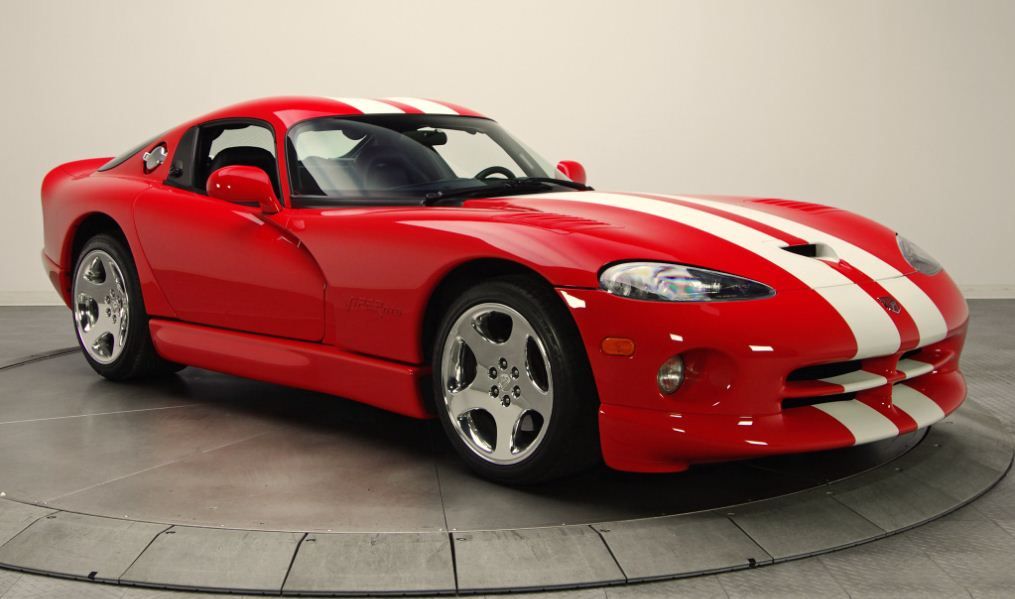
The white over red theme was the same one that carried the Viper GTS-R/T race car to motorsports acclaim with an outright win at the 2000 Daytona 24-hour sports car racing event and consecutive American Le Mans Series manufacturers championships.

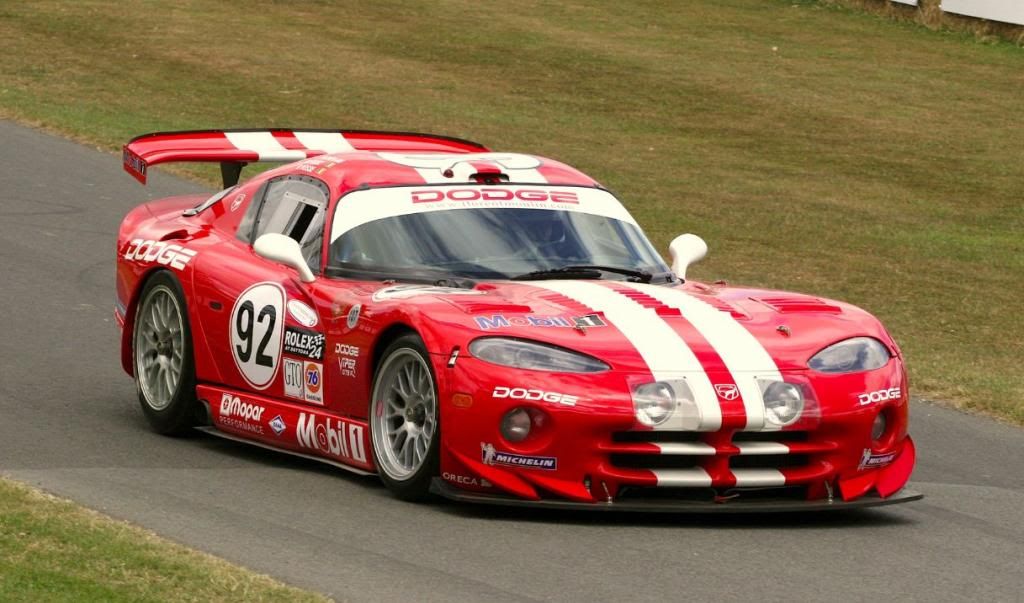
The Dodge Viper GTS Final Edition is expected to hold special appeal to sports car enthusiasts and Viper collectors as a landmark in the product's history.
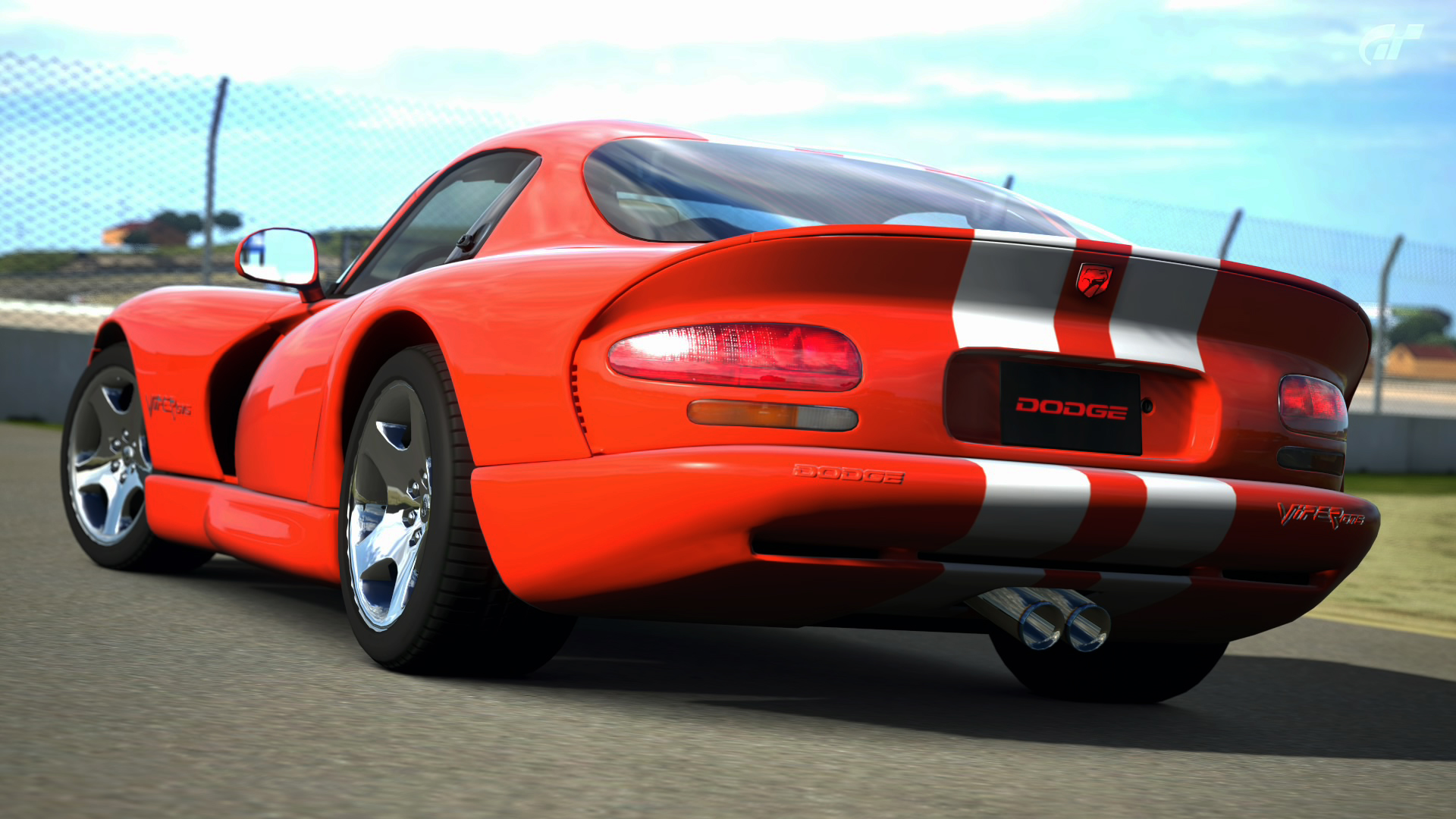
"This is the high water mark for the Viper Coupe," said Jim Julow, Vice President - Dodge Global Brand Center.

"The GTS Final Edition, the last of the production Viper coupes, is a response to loyal owners who have asked us to do something special to close this chapter of the Viper's history.
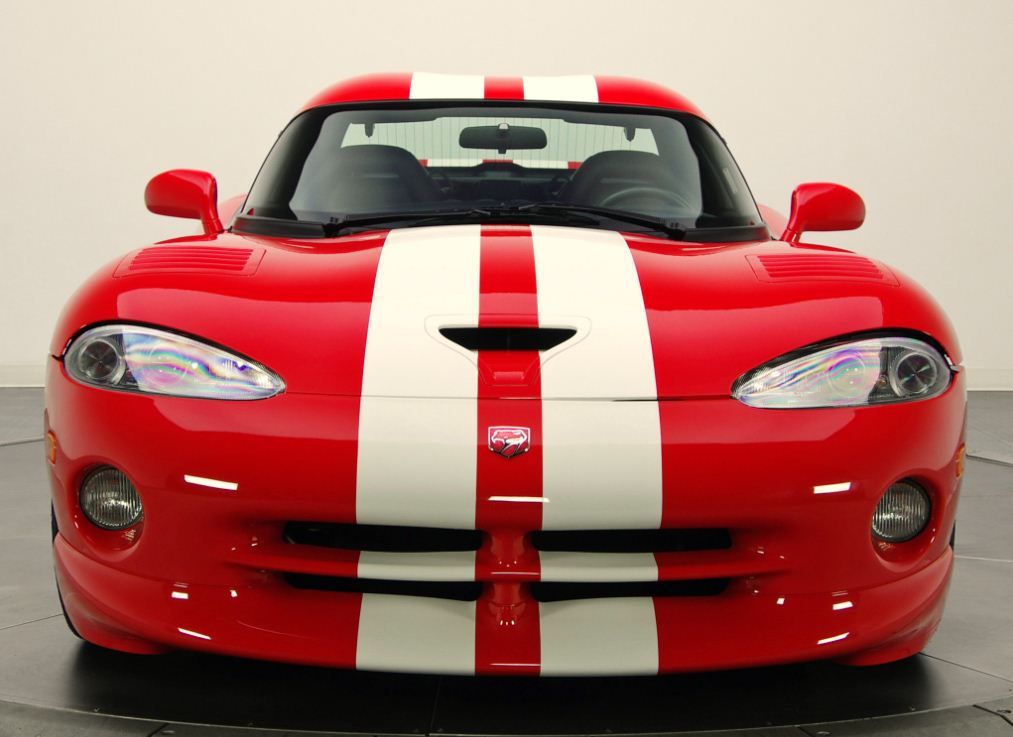
Our other limited-availability models, such as the GT2 Championship Edition, have been resounding successes among enthusiasts looking for a piece of American sports car history."
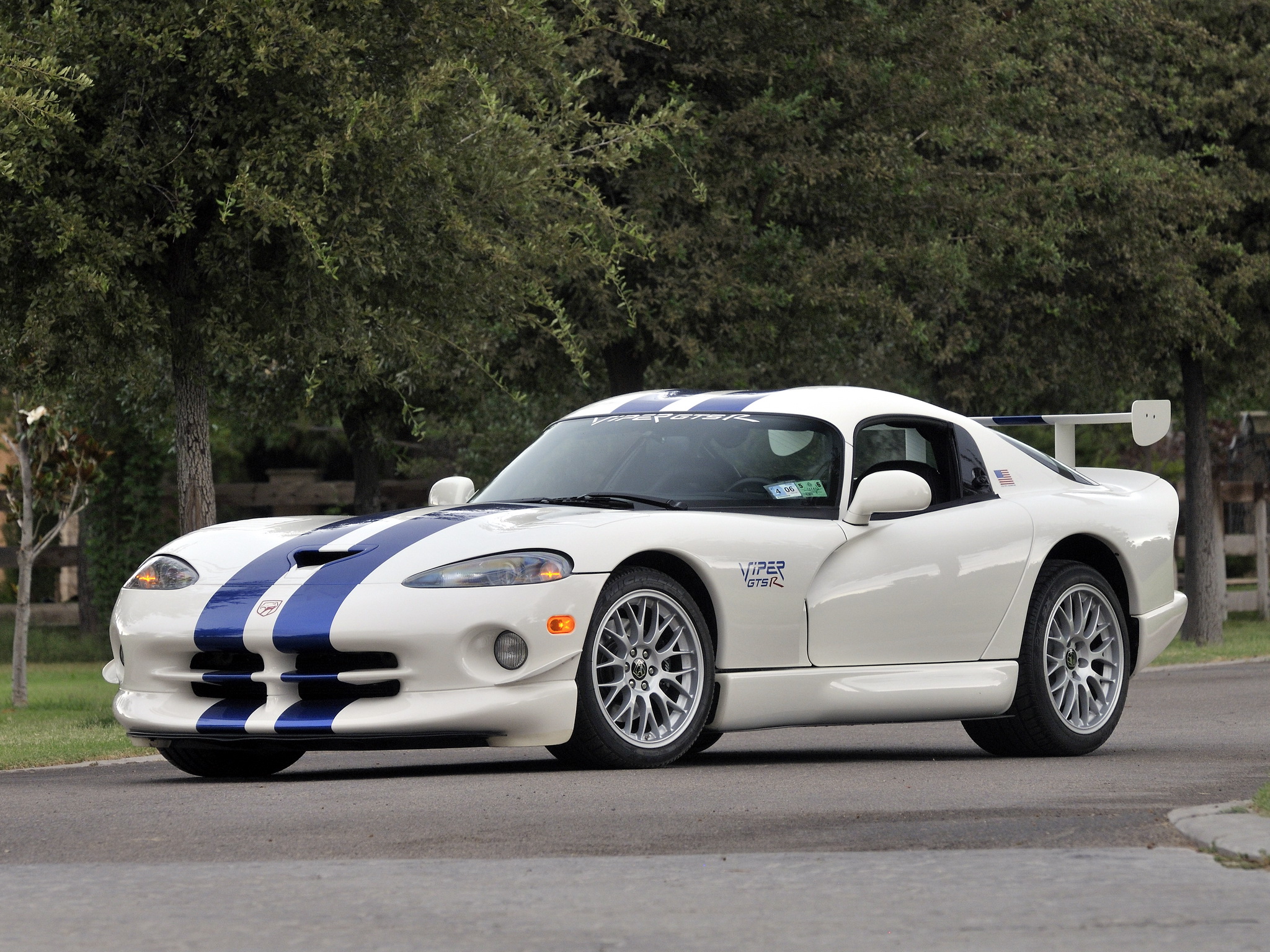
In addition to the special paint striping, a number of other details distinguish the GTS Final Edition.

Inside, red-stitched, black leather steering wheel and shift knob are unique to the model, with a sequentially numbered dash plaque (e.g. No. 1 of 360) recognizing each individual car from the series.

Source
www.classicdriver.com/en/article/dodge-concludes-viper-coupe-production-2002-gts-final-edition

The Dodge Viper
By Daniel Vaughan | Mar 2014
Conceived as a modern take on the classic American muscle car, the Dodge Viper is a two-seat sports car, possibly the most powerful production car produced by Dodge.

Production for the Viper began in 1992 at the new Mack Assembly in Detroit Michigan. The Mack Avenue Engine Complex was the original production site from 1992 through 1995.
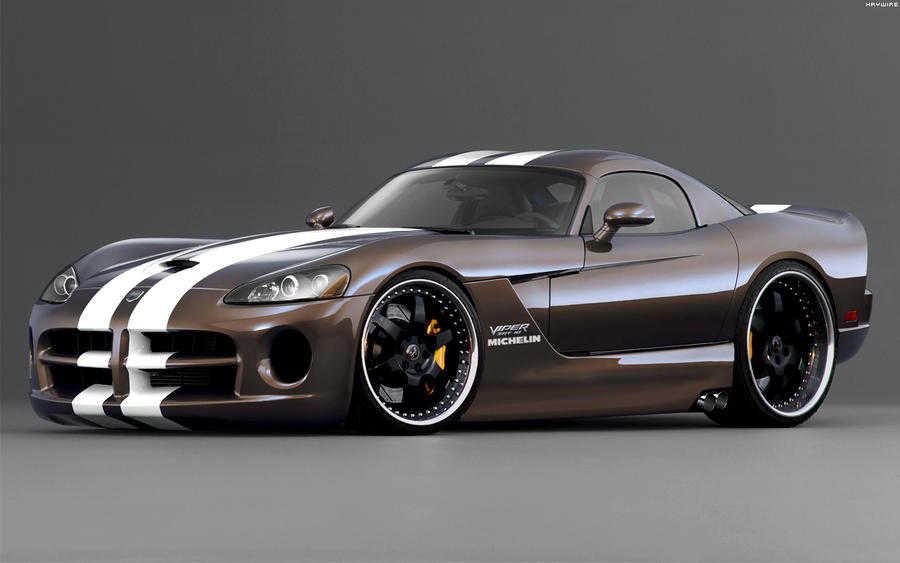
Opening in 1966, the Conner Avenue Assembly was purchased by Chrysler in 1995 for the production of both the Dodge Viper and the Plymouth Prowler. October 1995 the production for the Viper began.

The home of Chysler's production of large-displacement V8 and V10 engines, Mount Road Engine was a Chrysler Corporation Automobile Engine factory in Detroit Michigan. In 2002 the plant was closed as production shifted to the Mack Avenue Engine Complex.

The dream behind the design of the Dodge Viper was directly inspired by Carroll Shelby, one of the automotive indsustry's greatest legends. Building one more ultimate performance car was the vision of the initial designer of the Viper. Far too large and heavy to seriously claim any direct lineage with other compact and lightweigh vehicles such as the ionic AC Cobra, the Viper was an altogether separate design.

Driven as the pace car at the Indianapolis 500, Caroll Shelby had a long career as a driver, owner, team manager, manufacturer, consultant, and visionary before being inducted into the Automotive Hall of Fame in 1992. More than a decade later, he has continued to impact the world of racing and automobile design. A master organizer and team leader, his charisma, vision and ability to know the best person for the job developed his ability to produce consistently impressive results.

Initially conceived in late 1987 at Chrysler's Advanced Design Studios, the Viper first apeared as a concept to test public reaction at the North American International Auto Show in Detroit on January 4, 1989.

Receiving enthusiatstic public aclaim as orders began to flow before the show even ended, the 'go' was given and chief engineer Roy Sjoberg was directed to develop it as a production car.
'Team Viper' was organized by Sjoberg with a handpicked group of 85 engineers that began development in March of 1989. Their primary goal was to construct a vehicle that concentrated on performance above all else. Their benchmark: to go from 0 to 100 back to 0 in 15 seconds.

Three years of intensive, often around-the-clock operations were began by Team Viper that stretched from Italy, where the aluminum engine block was perfected -- to the race tracks at Nelson Ledges and Road Atlanta, where they fine-tuned the chassis and powertrain. Working closely with major automotive suppliers to develop unique components for Viper RT/10, team members searched for only what would withstand the tremendous stresses associated with high-performance driving.

The first prototype was tested in December of 1989.
At the time Lamborghini (a Chrysler subsidiary) was asked to adapt their V10 truck engine for sports car use in May. The centerpiece of the car was its engine. The original design was based on the Chryler LA engine, Lamborghini, was designed as a truck engine. Recasting the block and head in aluminum alloy gave the engine a significant power boost as Dodge's cast-iron block V10 was revamped.

Completing the production body in the fall, by December a chassis prototype was running. Originally using a V8 in the test mule, by February 1990, the V10 which was the production car was meant to use was ready.

A more comprehensive design was suggested that would included four valves per cylinder as some felt the pushrod two-valve design may have beens adequate for the truck application but unsuitable for a performance car. The budget for modification was not approved by Chrysler due to uncertainty regarding Viper's production costs and sales potential.
By May of 1990, official approval was granted from Chrysler chairman, Lee Iacocca. It was one year later that Carroll Shelby piloted a preproduction car as the Indianopolis 500 pace car. First shipment began in January 1992 as the car was released to reviewers during the debut November 1991.
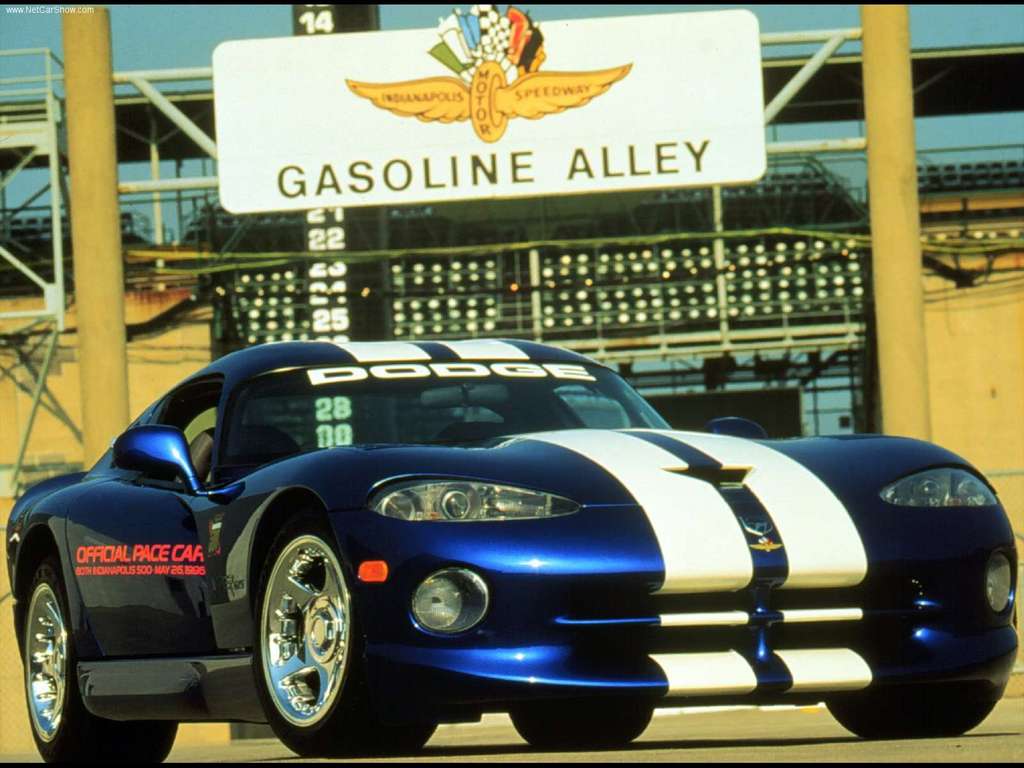
Initially predetermined to be two things to the corporation, the public version of the Viper was intended as a halo car for Chrysler proving that they were still the most competent at building a low cost vehicle of any type. Within the corporation, the Viper was a production tecnique test to see if the corporation really could develop new methods of manufacture and assembly to lower the cost of a vehicle.

Though 1st generation Vipers were considered by some as a crude 'kit car', Chrysler translated this into a vehicle and production line that became the most sought after assignment in the corporation up to that point.

Typical of American performance car design, the Viper had a front-mounted engine driving rear wheels with a curb weight of 3,280lb(1,488 kg) while lacking many modern driving aids such as traction control or anti-lock brakes. In a straight line performance, the Viper completed a quarter mile in 12.9 seconds and had a maximum speed of 164 mph (264 km/h).

The engine produced 400 hp (298 kW) at 4600 rpm and 450 ft·lbf (610 N·m) of torque at 3600 rpm. Due to the long-gearing allowed by the torquey engine it provided surprising fuel economy at a claimed 21 mpg US (11.2 L/100 km) if driven sedately. The body of the Viper was a tubular steel frame with resin transfer molding (RTM) fiberglass panels.
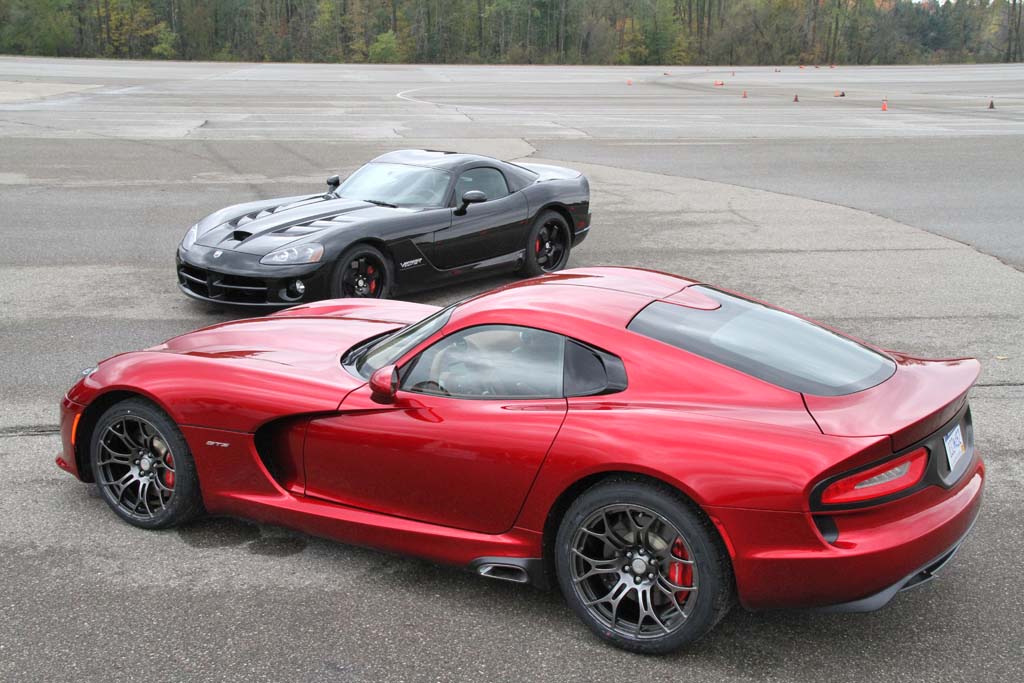
By 1998, 9,500 Vipers cruised the world's boulevards and racetracks, building a very strong and extremely enthusiastic owner core. Currently there are more than 1,700 members of the Viper Club of America and 27 Viper Clubs throughout the United States.
Source
www.conceptcarz.com/vehicle/z4436/Dodge-Viper-GTS.aspx

Hot Wheels released the Dodge Viper die-cast model in 2001.

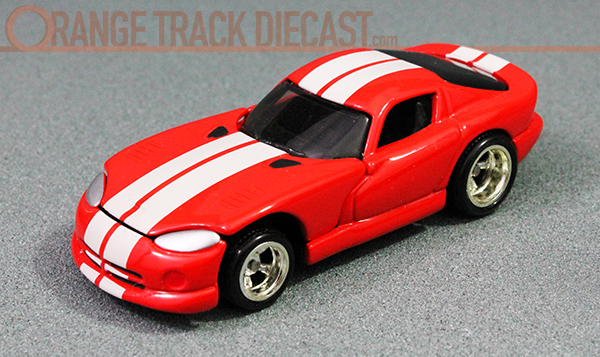
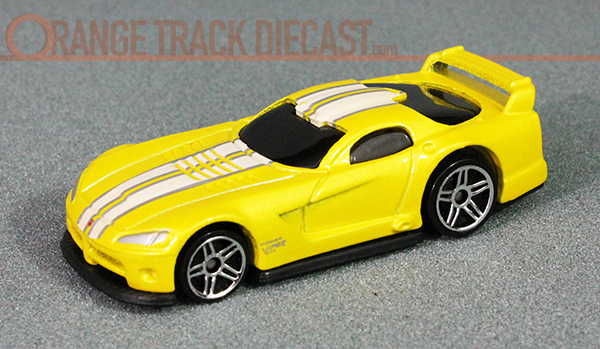
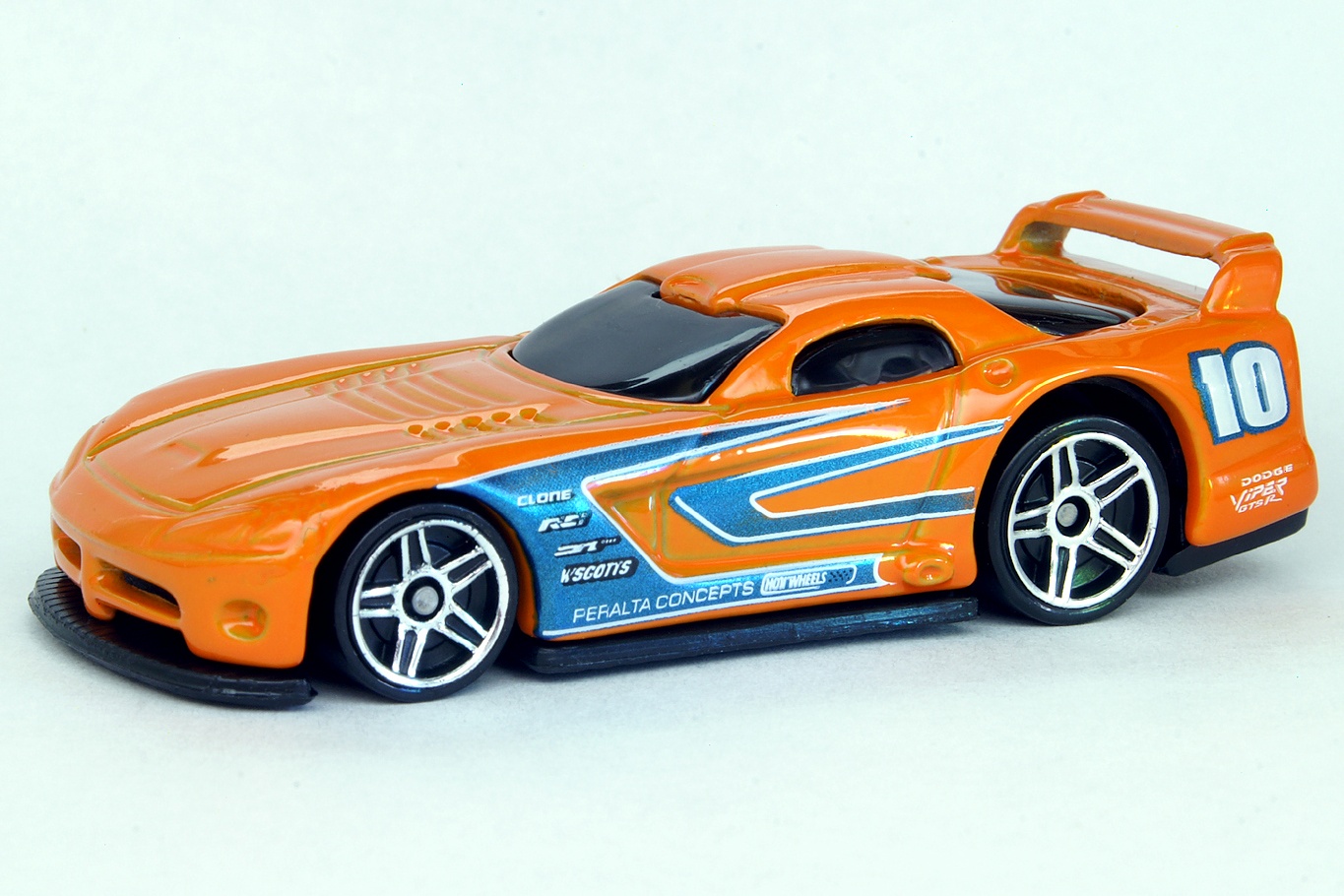
Hot Wheels 2013 Viper SRT
Source
lamleydlm.blogspot.ca/2012/11/the-lamley-awards-you-have-seen-readers.html
First Look: 2014 Hot Wheels 2013 SRT Viper...
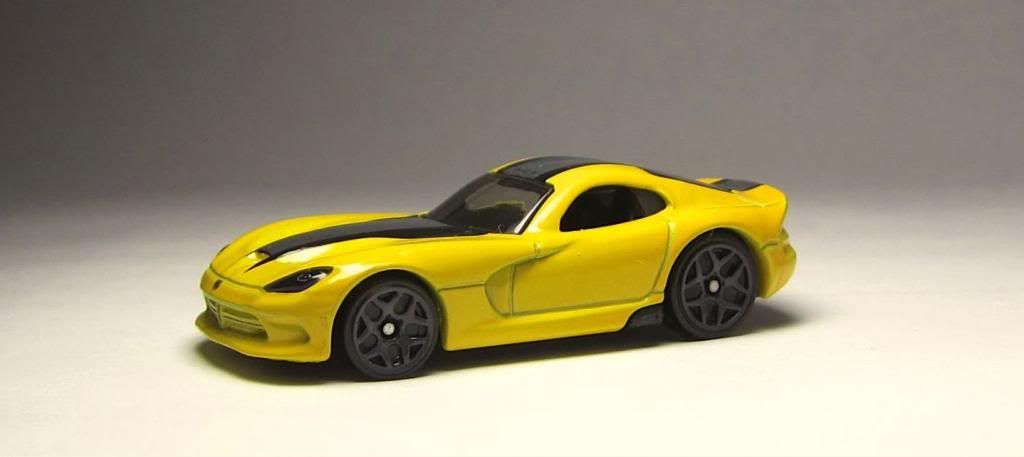


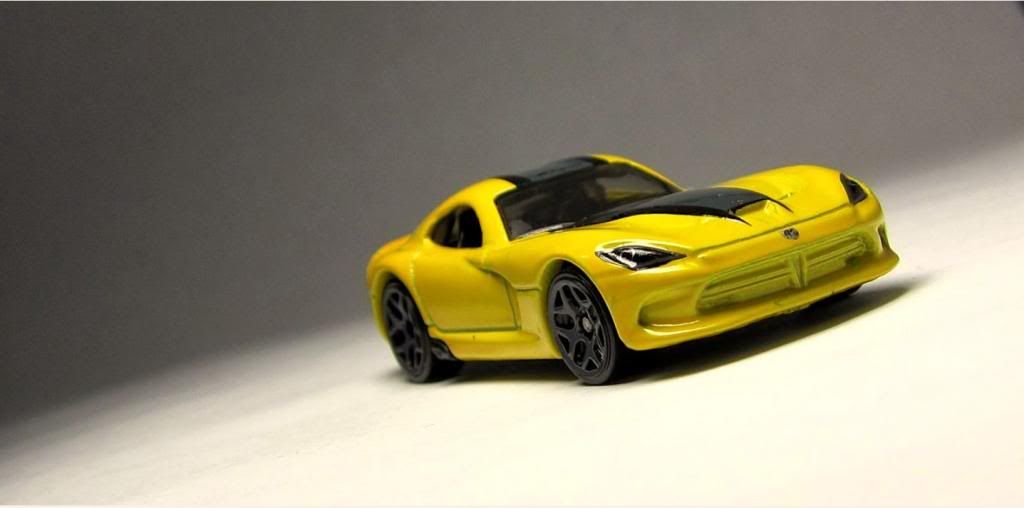
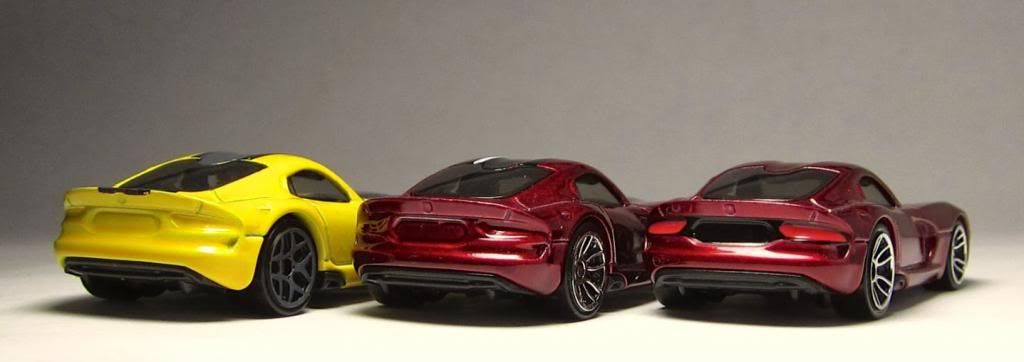

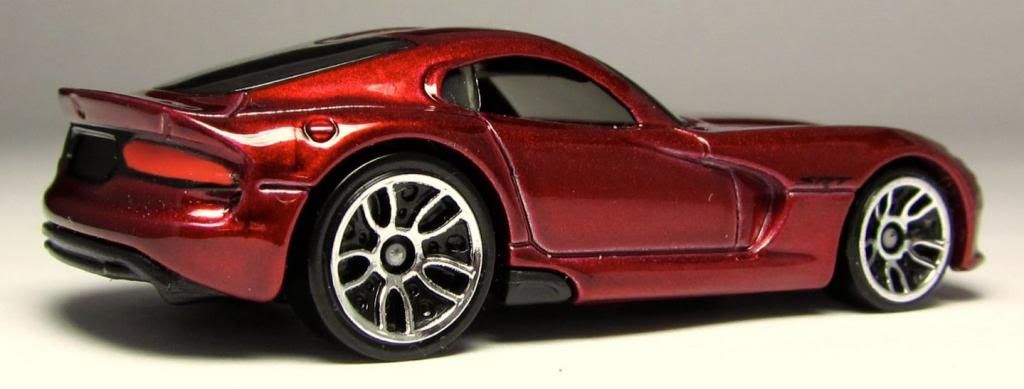



Source
lamleydlm.blogspot.ca/2013/12/first-look-2014-hot-wheels-2013-srt.html

